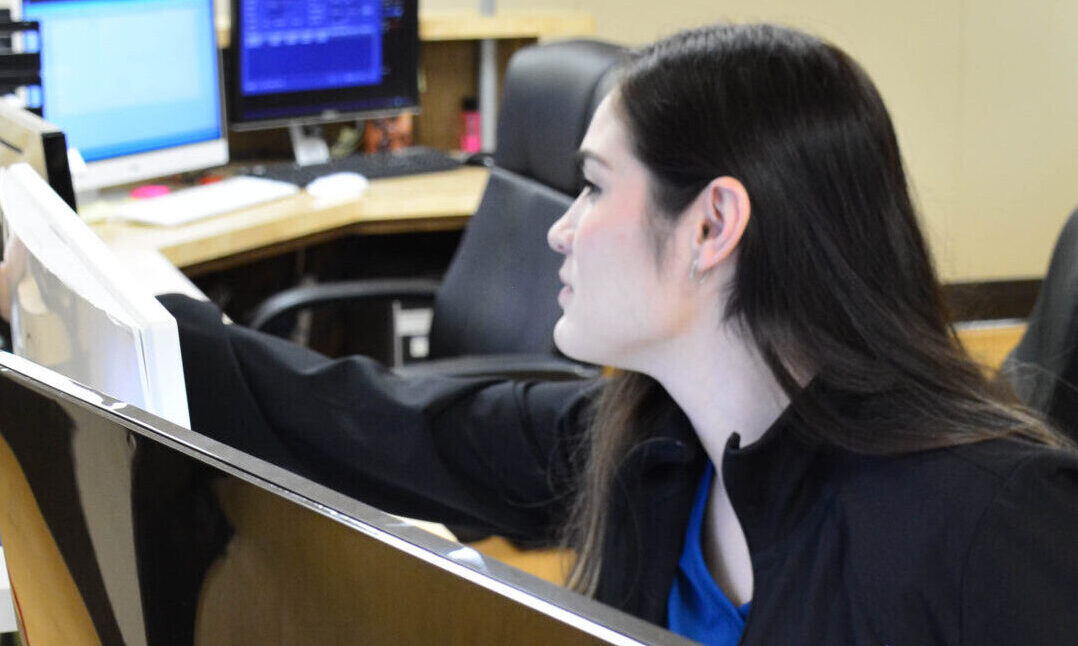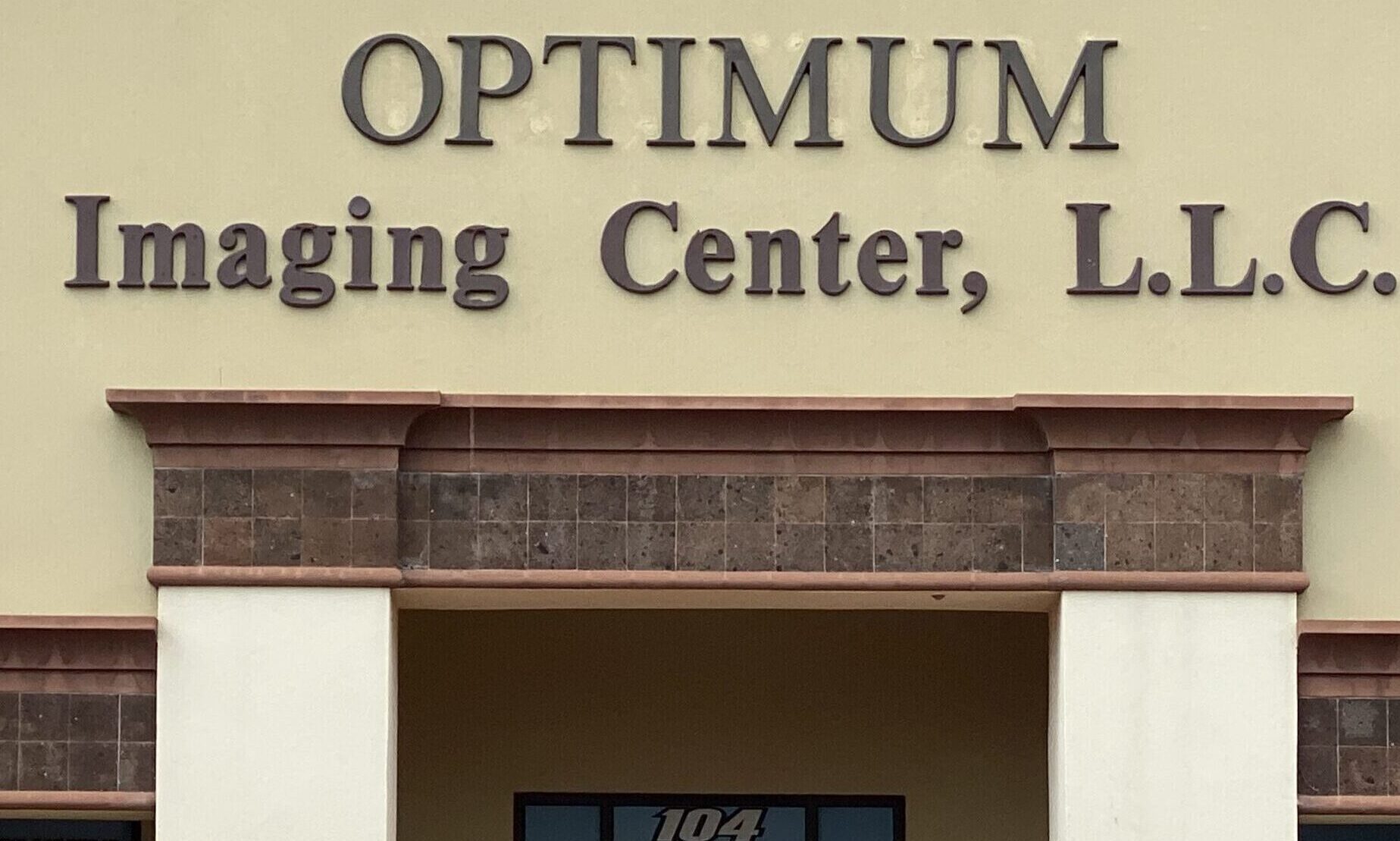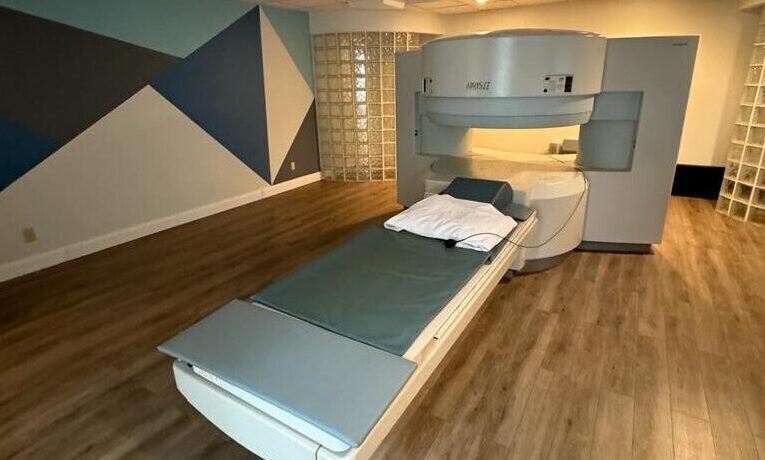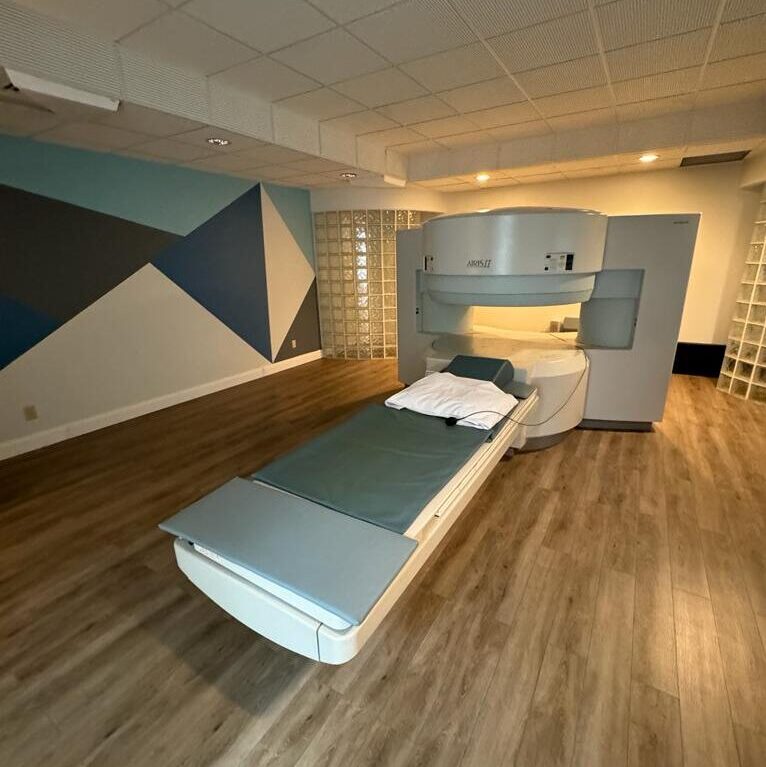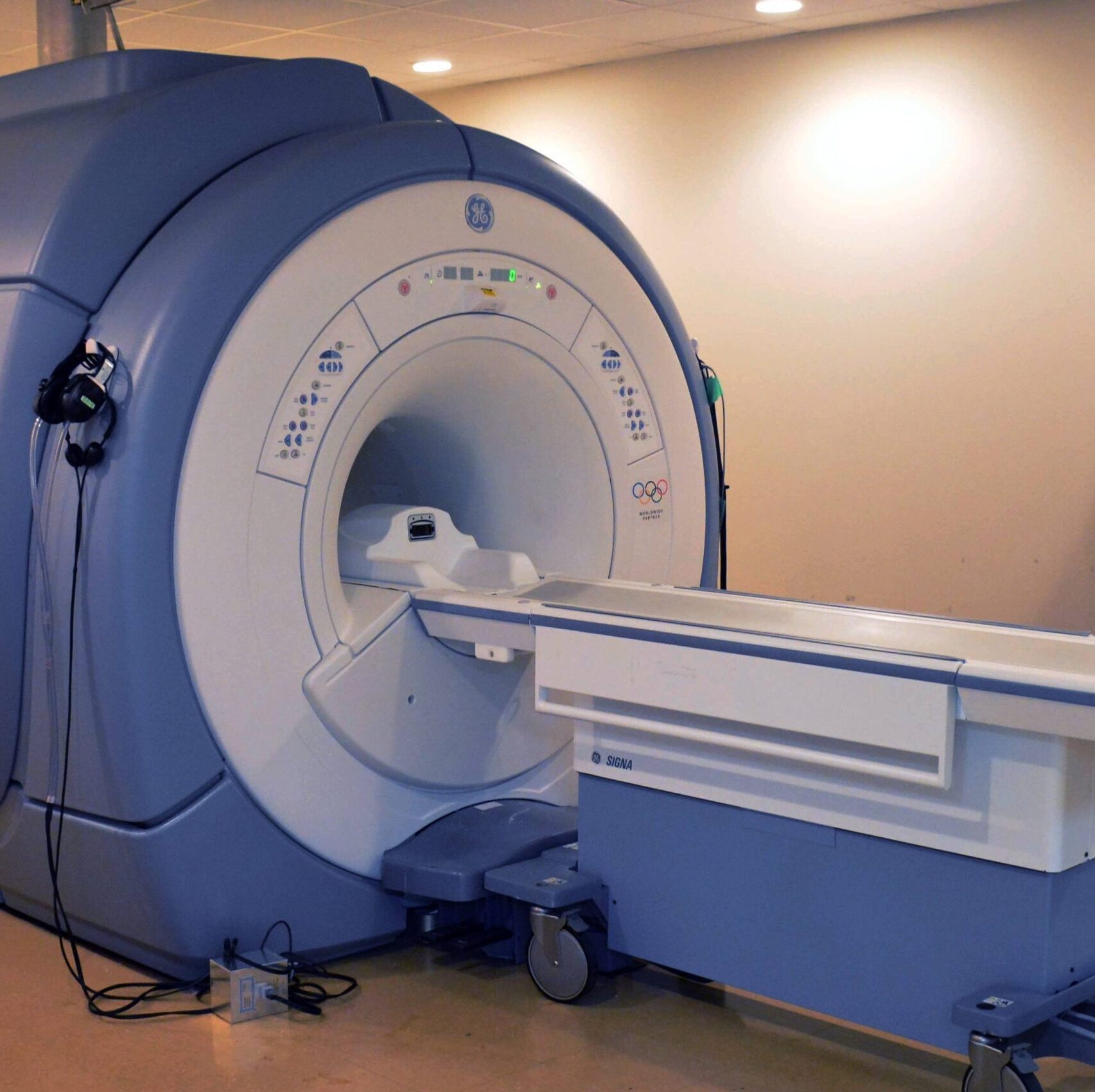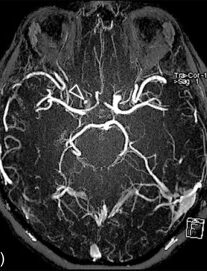WHAT IS AN MRI OR MRA?
An MRI (magnetic resonance imaging) scan is a procedure that generates pictures of organs, bones, and tissues.
An MRA (magnetic resonance angiography) is a type of MRI that can provide images of the more than 100,000 miles of blood vessels in the human body. Both procedures provide doctors a way to visualize soft tissues and fluids to help diagnose a wide range of medical conditions, from muscle tears to tumors. They are painless and non-invasive. Find a Location Near You!
Find a Location Near You!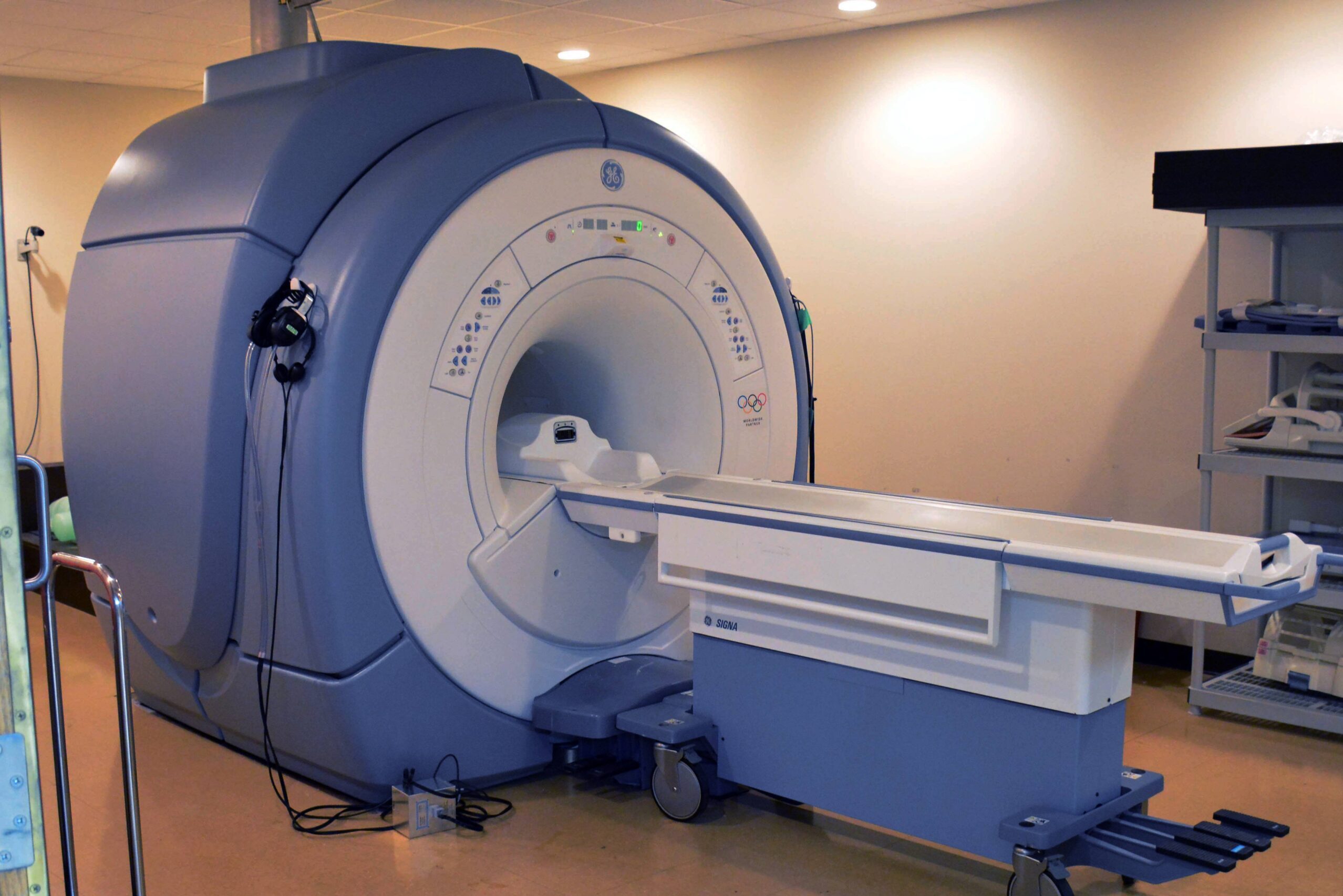
OPEN MRI
An Open MRI is open on all four sides, providing airflow, a clear line of sight, breathing room, and added comfort for the patient. Many patients who are uncomfortable with enclosed spaces prefer the comfort of the Open MRI. It can also be a better choice for children who get nervous in a closed MRI.
CLOSED MRI
Closed MRI’s have been used in medical diagnostic imaging for a very long time and incorporate a capsule-like space to take high quality images. The machine is actually a magnet the patient lies in, and a radio wave is used to send signals to the body and receive corresponding information back.
MAGNETIC RESONANCE ANGIOGRAPHY (MRA)
MR angiography (MRA) uses a powerful magnetic field, radio waves and a computer to evaluate blood vessels and help identify abnormalities. This exam does not use radiation and may require an injection of contrast material. The contrast material used for MRA is less likely to cause an allergic reaction than the contrast material used for computed tomography (CT).
Get an MRI/MRA at Optimum Imaging TODAY!
MRI/MRA Frequently Asked Questions
What Happens During an MRI/MRA?
MRI/MRA scans are painless and noninvasive. In some cases, your doctor may request imaging with a contrast dye to make various structures within the body easier to see in the final MRI/MRA images.
To position you for the scan, your Optimum Medical Imaging technologist will ask you to lie on a table that will slide into a cylinder-shaped tube surrounded by a powerful, circular magnet. The length of this imaging test varies, depending on the area of the body being scanned, whether contrast is used and the type of MRI/MRA machine.How should I prepare for an MRI/MRA?
Pay careful attention to any guidelines your doctor or the staff at Optimum Medical Imaging provides, including specific details about whether you can eat and drink in the hours prior to an MRI/MRA. Wear comfortable, loose clothing that doesn’t contain metal snaps, buttons or zippers.
Leave jewelry and other metal accessories at home—and remove other items that may contain metal, including hearing aids, dentures and glasses, before the scan begins. Tell your Optimum Medical Imaging technologist about any metal implants or devices in your body.Is an MRI/MRA Safe?
MRI/MRA scans are safe and do not expose you to radiation. However, the MRI/MRA machine emits a powerful magnetic field, so anyone with an implant—such as a pacemaker, a vagus nerve stimulator, an insulin pump, a cochlear implant, or a deep brain stimulator—should speak with their doctor before undergoing an MRI/MRA. In some cases, these implanted devices are incompatible with an MRI/MRA, and another imaging scan may be a better option.
Is an MRI/MRA Dangerous?
Generally speaking, no, an MRI/MRA is not dangerous. Because it uses a large magnetic field to produce images, there is no radiation exposure. There are potential dangers for people with a pacemaker, cochlear implants, and other metal implants, however, there are special MRI/MRA machines that can be used for metal implants. Your MRI/MRA technician will complete a thorough questionnaire prior to your exam to make sure that you are safe.
Can I move during an MRI?
Your technologist will encourage you to remain as still as possible during the scan. This will contribute to the clarity of the images, and avoid having to redo the scan.
Will it hurt?
No, the MRI/MRA is non-invasive and painless.
Choose accurate imaging and convenient service with Optimum Imaging
At Optimum Imaging Center, we understand the importance of accurate and timely diagnostic imaging in your healthcare journey. When you choose us, you’re choosing excellence in patient care, cutting-edge technology, and a commitment to your well-being.
Trust us with your imaging needs, and experience the difference firsthand. Your health is our priority, and we’re here to serve you.